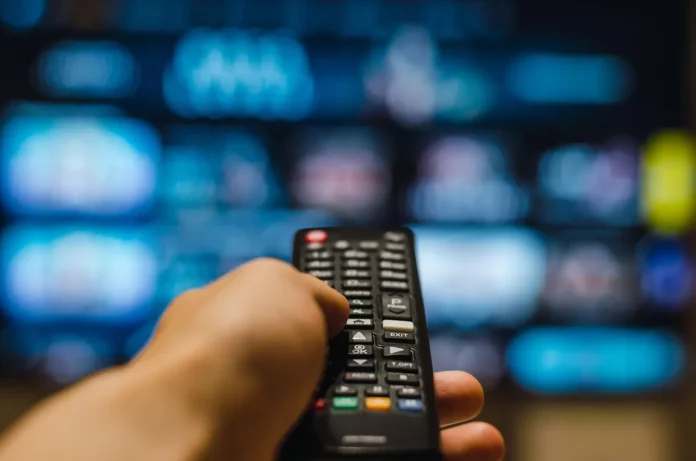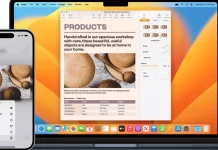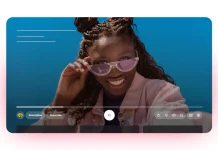Do you switch on closed captions when watching TV, even without a hearing problem? You’re far from alone.
A recent study reveals that more than half of viewers use captions — and for most, it has nothing to do with hearing loss.
The Big Picture
- 34% of people say they always or often watch with captions on.
- Another 23% use them sometimes.
Added together, that means over 50% of the population watches TV with subtitles enabled.
What’s especially surprising is which generation is leading the trend — and it’s not the one most people expect.
Younger Adults Are Driving the Shift
Among viewers aged 18–44:
- 40% almost always use captions.
- 27% turn them on occasionally.
- Only 33% say they never use them.
In comparison, viewers 45 and older are less likely to rely on captions:
- 28% always use them.
- 18% do sometimes.
- A majority — 53% — never turn them on.
Even as someone just inside the younger bracket, I’m firmly on team captions.
Why People Use Captions
The reasons go well beyond hearing difficulties. According to the study:
- 50% want to catch every single word.
- 40% use them to understand accents or foreign-language content.
- 30% turn them on in noisy environments.
- 25% find TV audio quality lacking.
- 25% keep them on while multitasking.
- 13% need them due to hearing impairment.
For most viewers, captions are about clarity, not necessity.
Struggling With TV Dialogue?
If you find yourself turning captions on because dialogue seems unclear, there are other fixes worth trying:
- Adjust your TV’s sound settings; many have dedicated dialogue enhancement modes.
- Some streaming services, like Prime Video, offer “Dialogue Boost” features.
- Reduce background noise or improve speaker quality for a clearer listening experience.
This study, conducted in August 2025 with 1,182 adults via online and telephone surveys, underscores how captions have moved from an accessibility tool to a mainstream viewing habit — one increasingly embraced by younger audiences.





